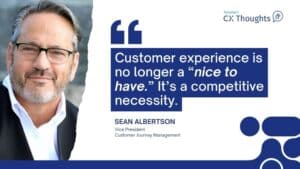
The cost estimates for replacing an employee vary widely depending upon the nature of the role. Regardless, it is an expensive and time-consuming task to recruit and onboard a new employee. Just as we are concerned with customer acquisition and retention the same thinking can be applied to recruiting and retaining top employee talent.
Research shows that engaged employees, compared to their lesser engaged counterparts, are 18% more productive and yield work that is of 60% higher quality. The Harvard Business Review estimates that disengaged employees in the United States cost the economy between $450 and $550 billion each year. It would make financial sense then to invest in employee engagement which can lead to direct impact on the bottom line.
The 360 survey is commonplace among companies of varying sizes and across industries. These annual surveys create a momentary snapshot of employee sentiment. They can provide an in-depth look into issues the employees consider important, but the data they collect goes stale. Data quality is proportional to recency.
However there are new models of measuring employee satisfaction and engagement. Quick polls can be used the check the employee pulse on a weekly basis. Each week employees are provided a single question poll asking about them to gauge the quality of their week. This can be followed up with a brief open-end asking for elaboration on what went right or what could have gone better. These polls can be anonymous if that is important to company culture. The responses can also have a manager’s name and department data appended post-facto thus allowing senior management the ability to track sentiment at the team level.
The high frequency of data collection allows for weekly trending which can become a leading indicator. Once sufficient data has been collected then it becomes an easy matter to correlate employee sentiment with other key measures such as sales and customer satisfaction. This timeliness increases the actionability of the data, which can be used to trigger alerts should a department’s data trend negative.
LEARN ABOUT: Workplace Employee Experience Examples
This format can identify symptoms but will require additional research to uncover the causes of employee sentiment. In short, it affords companies the ability to find the smoke before it becomes a fire.







